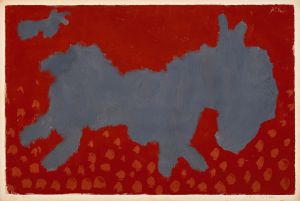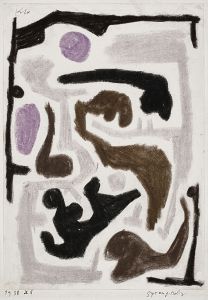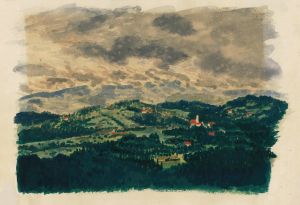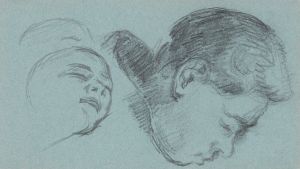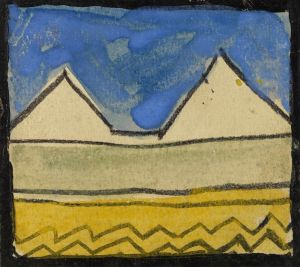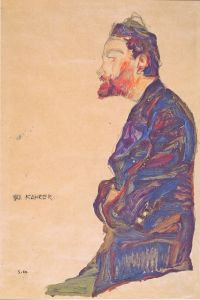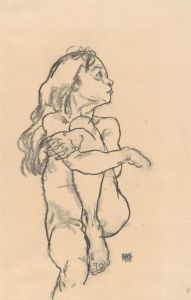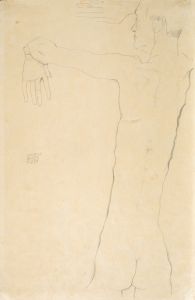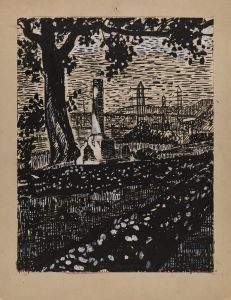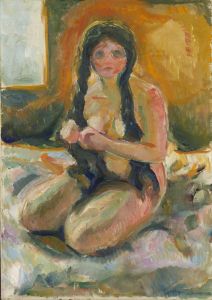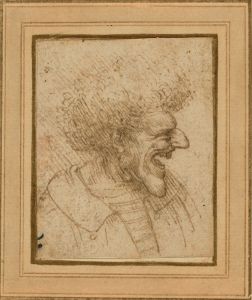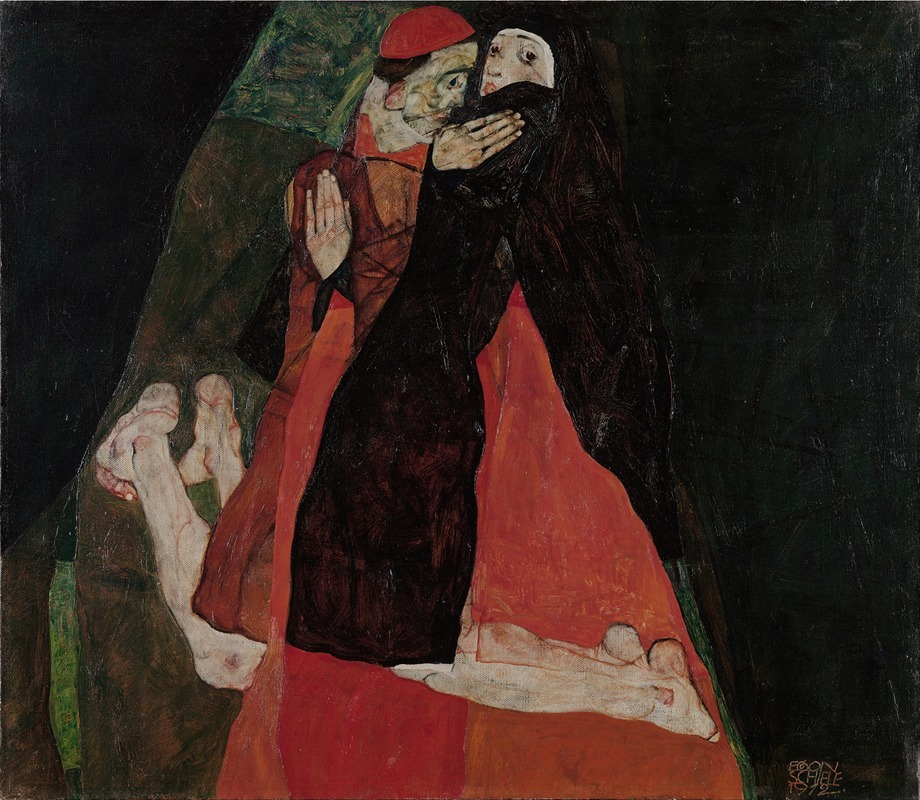
Cardinal and Nun
A hand-painted replica of Egon Schiele’s masterpiece Cardinal and Nun, meticulously crafted by professional artists to capture the true essence of the original. Each piece is created with museum-quality canvas and rare mineral pigments, carefully painted by experienced artists with delicate brushstrokes and rich, layered colors to perfectly recreate the texture of the original artwork. Unlike machine-printed reproductions, this hand-painted version brings the painting to life, infused with the artist’s emotions and skill in every stroke. Whether for personal collection or home decoration, it instantly elevates the artistic atmosphere of any space.
Egon Schiele, an Austrian painter known for his intense and often provocative works, created "Cardinal and Nun" in 1912. This painting is one of Schiele's most notable pieces, reflecting his distinctive style and thematic interests. Schiele was a protégé of Gustav Klimt and was associated with the Expressionist movement, which sought to convey emotional experiences rather than physical reality.
"Cardinal and Nun" is also known by the title "Caress" ("Liebkosung" in German). The painting depicts a cardinal, a high-ranking official in the Catholic Church, and a nun, in a close and intimate embrace. This subject matter was controversial, as it juxtaposed religious figures with themes of sensuality and intimacy, challenging societal norms and the traditional roles associated with religious life.
The composition of "Cardinal and Nun" is striking, characterized by Schiele's typical use of bold lines and stark contrasts. The figures are rendered in a way that emphasizes their angular forms and the tension in their embrace. Schiele's use of color is also notable, with the cardinal's red robes standing out vividly against the more subdued tones of the nun's habit and the background. This contrast not only highlights the figures but also serves to underscore the thematic tension between the sacred and the profane.
Schiele's work often explored themes of sexuality, death, and existential angst, and "Cardinal and Nun" is no exception. The painting can be seen as a commentary on the conflict between spiritual duties and human desires, a recurring theme in Schiele's oeuvre. His exploration of such themes was influenced by the socio-political climate of early 20th-century Vienna, a time and place marked by significant cultural and intellectual ferment.
The painting's provocative nature is characteristic of Schiele's broader body of work, which frequently challenged the boundaries of acceptable art in his time. Despite facing criticism and even legal challenges for his explicit depictions of the human form, Schiele remained committed to his artistic vision. His work was often misunderstood during his lifetime, but he is now recognized as a significant figure in the development of modern art.
"Cardinal and Nun" is housed in the Österreichische Galerie Belvedere in Vienna, Austria, which holds one of the most comprehensive collections of Schiele's work. The painting continues to be studied and admired for its bold exploration of complex themes and its embodiment of Schiele's unique artistic style.
Egon Schiele's life was tragically short; he died in 1918 at the age of 28 during the Spanish flu pandemic. Despite his brief career, Schiele left a lasting impact on the art world, and "Cardinal and Nun" remains a powerful example of his ability to convey deep emotional and psychological states through his art.





